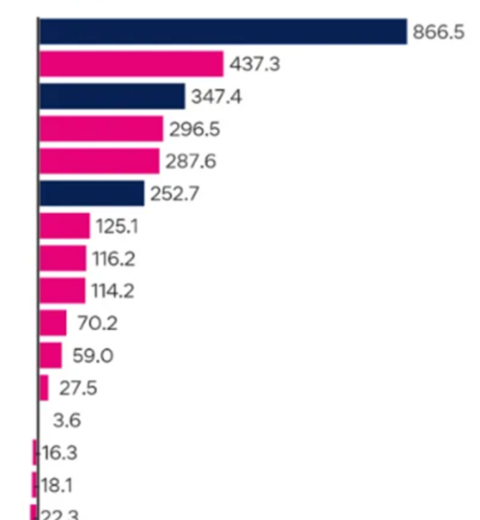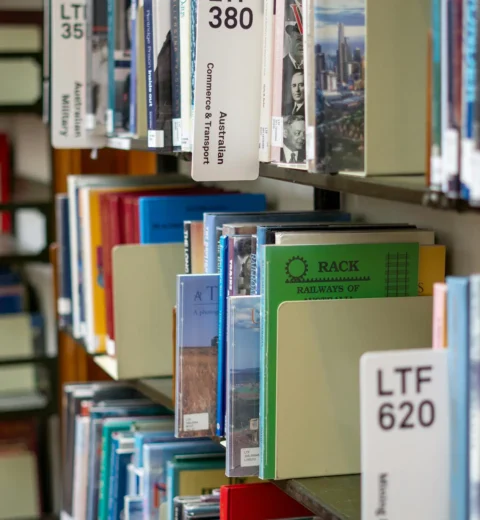Posted 2 September 2022 by Paul Karp | Article Courtesy : https://www.theguardian.com/
Tax changes to help pensioners work extra hours and a 35,000-place boost to permanent migration have topped the list of “36 concrete actions” the Albanese government will take after the jobs summit.
The prime minister, Anthony Albanese, and the treasurer, Jim Chalmers, wrapped up the two-day summit on Friday suggesting that all 36 actions, including workplace relations reforms and migration changes, can be done this year.
The conclusion of the summit blunts criticisms from the Liberal leader, Peter Dutton, that the government needs to do more to encourage pensioners to work but will lead to a contentious industrial relations bill this year to legislate options for multi-employer bargaining, revealed on Thursday.
Albanese told reporters in Canberra that when he committed to host the summit he “couldn’t have hoped for the outcomes that have been achieved over the last two days”.
The latest is a $55m “time-limited” measure to give pensioners a $4,000 income tax credit, about $80 a week, on top of the $7,800 they can currently earn before pension payments are reduced.
“We hope it spurs some additional workforce participation among older Australian workers … so that people can work a bit more if they want to,” Chalmers said.
Pensioners will also not be “thrown off” the pension and made to reapply or lose their pensioner concession card if their income returns unless their income is above the threshold for two years.
Earlier on Friday the home affairs minister, Clare O’Neil, announced the migration cap will be lifted to 195,000 places, promising it would bring “thousands more” engineers and nurses in to ease critical workforce shortages.
The Albanese government also announced measures to cut visa wait times and fight migrant worker exploitation.
The immigration minister, Andrew Giles, said the government will spend $36.1m to hire 500 more staff in the home affairs department to clear a visa application backlog that now stretches to 900,000.
Businesses and state premiers welcomed the measures. Dutton agreed that “the number needs to be higher”, but questioned whether the “actual numbers” would reach the cap and the impact on a tight housing market.
Earlier, Chalmers, described the new migration cap as a “cautious and responsible lift to permanent migration”, promising it would not be used as a “replacement for training” or done in “isolation” of policy to house new migrants.
The government will widen the remit of the national housing infrastructure facility to release $575m for investment in social and affordable housing, including through attracting private capital and superannuation funds.
O’Neil told the summit that there was almost “universal” support for lifting migration numbers, emphasising that Labor would shift “away from the focus on short-term migrants, toward permanency, citizenship and nation building”.
About 34,000 places of the 195,000 cap for the 2022-23 financial year will be in the regions, an increase of 9,000, O’Neil said.
“To our state and territory premiers – we are building in a big lift under the state and territory allocations – from 11,000 last year to 31,000.”
O’Neil committed to letting international student graduates stay and “work in Australia for longer”.
She also said the decision to lift restrictions on temporary workers staying in Australia, a Covid measure, will be extended to June 2023. “We need it to continue while the skills crisis is so acute, but we also need it to end,” she said.
Businesses welcomed the migration cap increase, which the Australian Chamber of Commerce and Industry’s chief executive, Andrew McKellar, described as a “significant step forward” and a “very good decision”.
Giles agreed with calls to lift the pay floor for temporary skilled migration, but did not nominate a new floor.
McKellar has recognised that the floor – currently $53,000 due to a freeze since 2013 – should be raised, but rejected unions’ call for it to reach the median full-time wage of $90,000.
Giles promised in 2023 that the government would introduce a new legislative package to tackle migrant worker exploitation and “further work” on employer sponsorship of visas.
He told the summit the government’s measures to increase visa processing had already cut those waiting from almost 1 million to 900,000, while the average wait for a skilled visa had fallen from 53 days to 42 in July.
“The backlog will be cleared,” he said, announcing the further workforce surge in processing.
“Waiting times will continue to come down. We will address this crisis, while looking to position Australia to realise our potential as a reconciled nation that harnesses the great strength of our diversity.”
Dutton told reporters on the Gold Coast “we do need an increase in the migration numbers, but we’ll see what the government actually delivers because this can be many, many months, if not a couple of years, in the pipeline”.
He noted Australians are “finding it hard to find rental accommodation”, urging the government to explain where migrants would live after a “huge surge in the migration program”.





